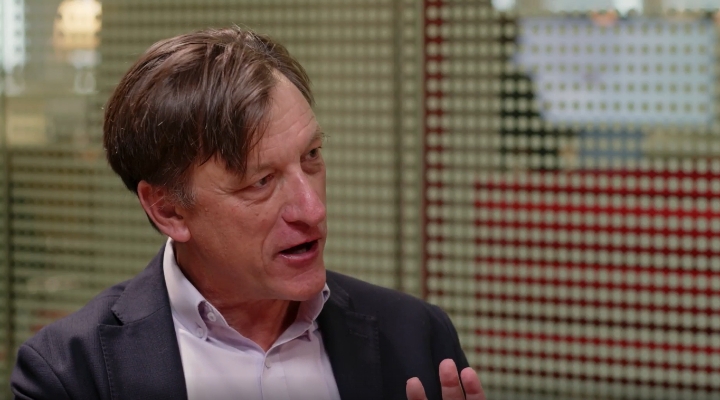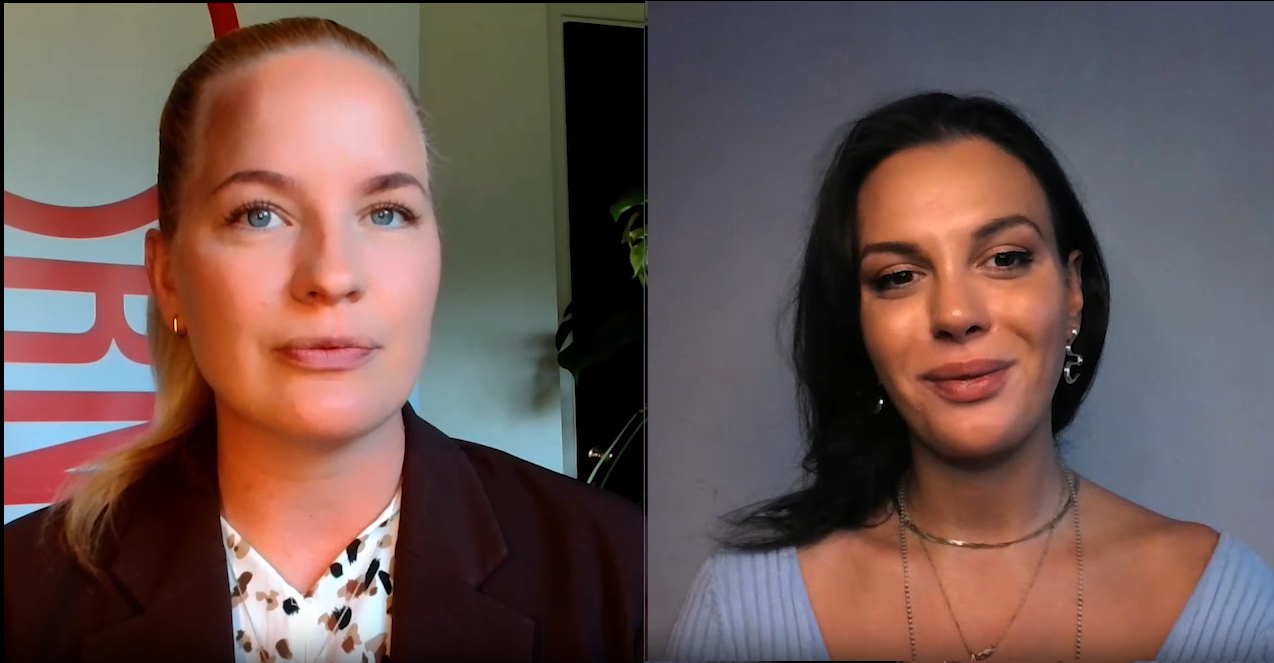Emma Wall: Hello, and welcome to Morningstar. I'm Emma Wall and I'm here today with Aziz Hamzaogullari to talk about risk.
Hello, Aziz.
Aziz Hamzaogullari: Hi, Emma.
Wall: So, what first is perceived risk for investors, because it's quite different to what it really is, isn't it?
Hamzaogullari: Yes. I think the perceived risk that I see most common is the tracking error or your risk versus the benchmark expressed in terms of the fluctuation around that benchmark without realization that benchmark itself is a risky asset itself. So, I think, the goal is to manage that risk that's inherently in place within the benchmark.
Wall: Because sometimes I think that's the slightly the fault of those individuals in the investment industry because someone can lose 20% one year and then can say, don't worry, you still beat the benchmark. But if you've lost 20%, you are not going to be a very happy customer, are you?
Hamzaogullari: Yes. I think, at the end of the day, we should look at measurements cycle over cycle, not any given quarter, any given day or even in a given year. But on top of that, as you pointed out, the focus should be permanent loss of capital, not really this relative idea that how did you do versus the benchmark, because again, benchmark is a risky asset.
So, if you look at the year 2000, the Technology Index was – it went – technology went from 35% to 55% of the index. So, if you were just investing in the index or in a manager that was defining risk around the benchmark, then they were just following that risky asset; so was the case with energy, so was the case with biotech. So, we have these continuous bubbles that investors will ignore if they don't look at risk independently as loss of capital rather than a relative benchmark-focused risk measurement.
Wall: Do you think it's that simple then, risk equals loss of capital and that's what investors should understand when they think about risk?
Hamzaogullari: Yes. I think that when they look at over time they should focus on permanent loss of capital. Because if you take a step back and just go to the basics and say, okay, why is an investor putting money into the equity market?
It's either they are saving for education, or they are saving for retirement. Or if it's an institution, they may be managing their pensions or endowment. But at the end of the day the goal is really to add value over time and grow the capital over time understanding that at any given time like a day or a quarter or a year or a short like three-year timeframe that there may be losses. But you need to look at risk versus reward and measure risk over time.
Wall: And how do we avoid that risk thinking about the specific time in the market cycle that we are in now?
Hamzaogullari: So, I think that there are some key components. First, you have to minimize the business risk, meaning the company that you are investing, whichever company that is, understanding what the fundamental risk is in that company.
Without that basically there is no risk management. Secondly, you have to minimise the liquidity risk. People really look at liquidity or leverage in any given time without realization that the appetite for risk can turn very quickly like it happened in '08 and other times. So, you want to invest in businesses with less leverage.
And lastly, you want to really avoid valuation risk. If you do those three things, I think you are minimising risks substantially. And then you have to diversify your portfolio with businesses that have different drivers to them that sort of they are not highly correlated with each other.
Wall: And I know finally that you make a very interesting point that people should only invest in what they understand, because I think so many people get drawn into a lot of faddy investments, bitcoins, for example, at the moment. That's quite a key message, isn't it?
Hamzaogullari: Absolutely. Because at the end of the day – Warren Buffett famously said, risk is not knowing what you are doing. In order to know what you are doing you have to understand these businesses inside out. And there's another quote which says, risk varies inversely with knowledge from David Swensen who was the CIO of Yale. So, I think that absolutely you have to understand what you own and that's where risk measurement starts.
Wall: Aziz, thank you very much.
Hamzaogullari: Thank you.
Wall: This is Emma Wall for Morningstar. Thank you for watching.




























